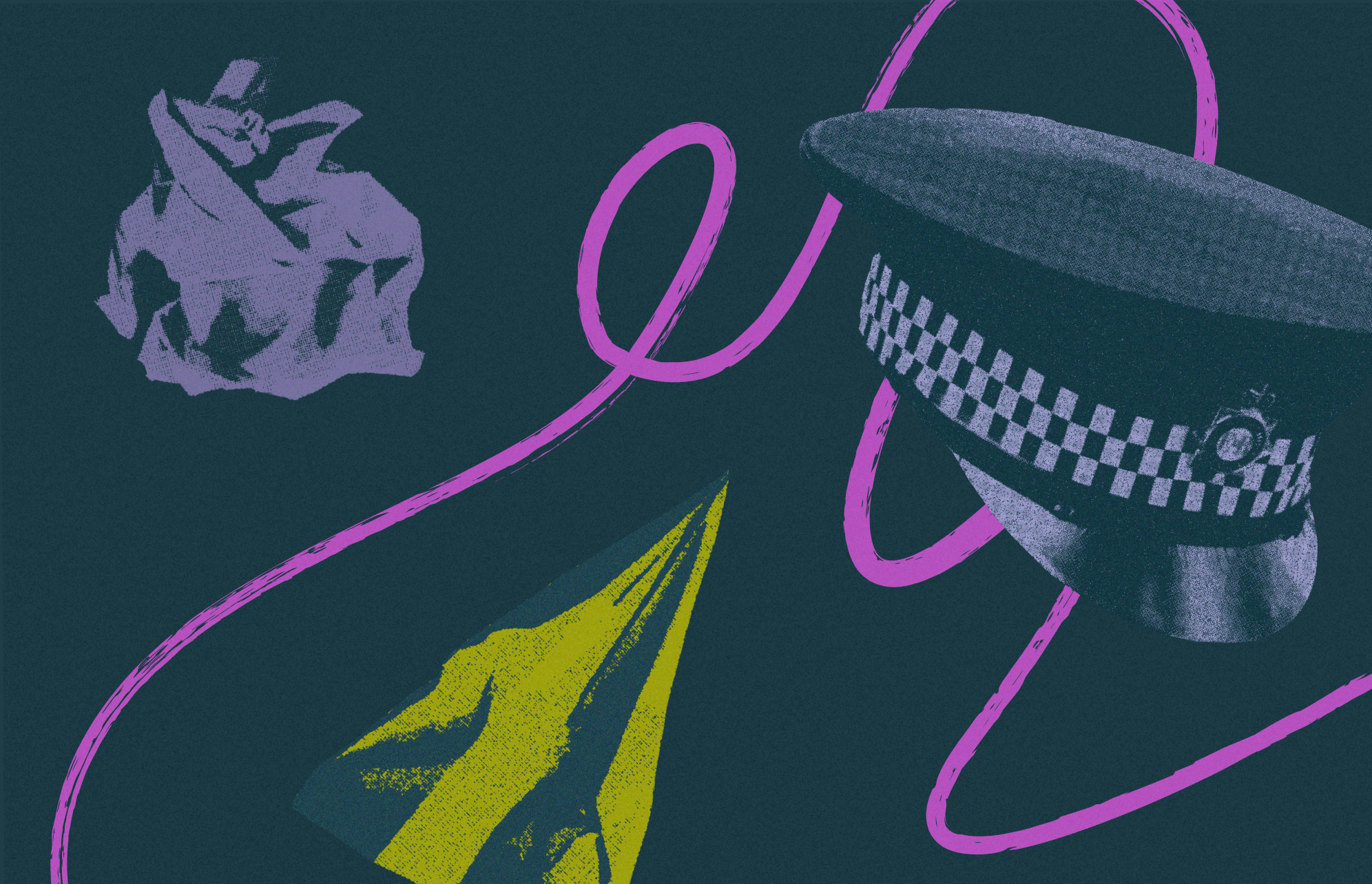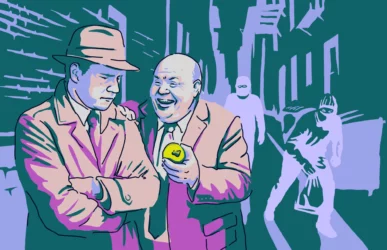Telegram and its CEO, Durov Pavel, are immersed in another scandal, this one linked to an alleged Romanian election interference. Meanwhile, the company has released its latest transparency report.
The transparency report, which is noteworthy for its lack of data and details, is the fifth quarterly report that Telegram has released since it agreed to collaborate more with law enforcement around the world.
In total, Telegram claims to have shared data from over 20,000 users with law enforcement. Let’s dig in.
A new Telegram transparency report that lacks transparency and any useful data
After Durov was arrested in France and charged for allegedly enabling criminal activity on Telegram and complicity in the distribution of child abuse images, terrorism, failure to comply with law enforcement, and trafficking of drugs, Telegram changed its policy.
In September 2024, driven by this policy shift to appease French and international authorities, Telegram began releasing transparency reports. These quarterly reports are meant to disclose the number of court-approved requests by law enforcement for user information. However, for the most part, these reports are difficult to verify and have little to no information at all.
In essence, the Telegram Transparency Report only lists the requests made and the number of users affected by these requests in each country.
For the first quarter of 2025, India tops the chart with 9,197 requests made for the information of 9,941 users. Germany follows with 1,311 for the data of 3,777 users. France lists 668 requests for 1,425 users’ data, and the United States lists 576 requests for 1,664 users. Similarly, Spain, the United Kingdom, Poland, Italy, and other countries show up on the list.
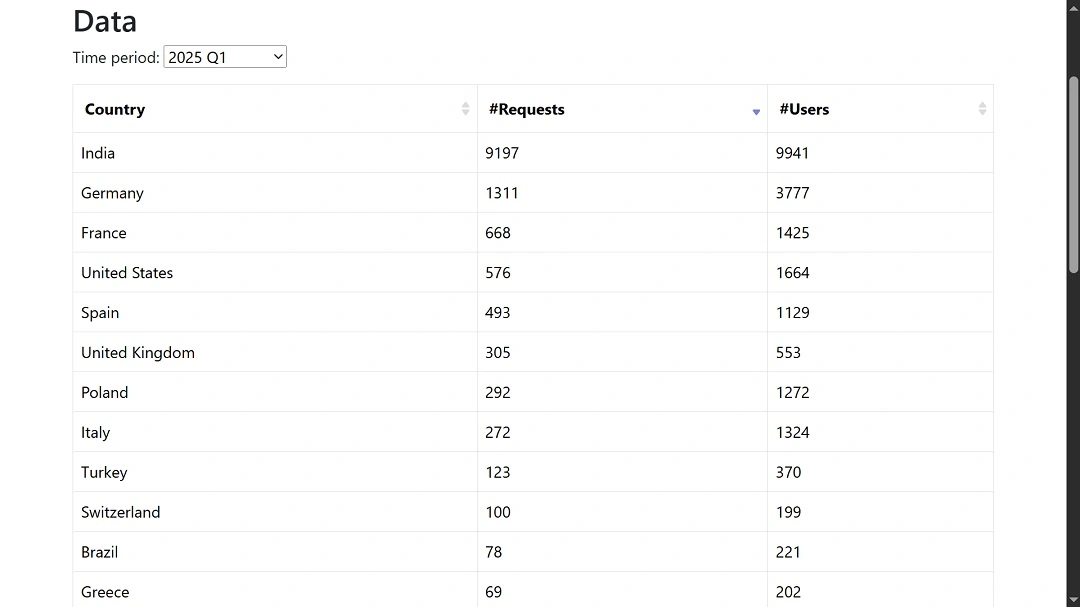
“Transparency report” is a paradoxical title to give to a report that is completely devoid of any useful information.
Moonlock has no way of verifying the veracity of the numbers provided by Telegram. It is unclear who these users are, what legal court-ordered warrants were presented to Telegram, or how these disclosures of personal user data are happening.
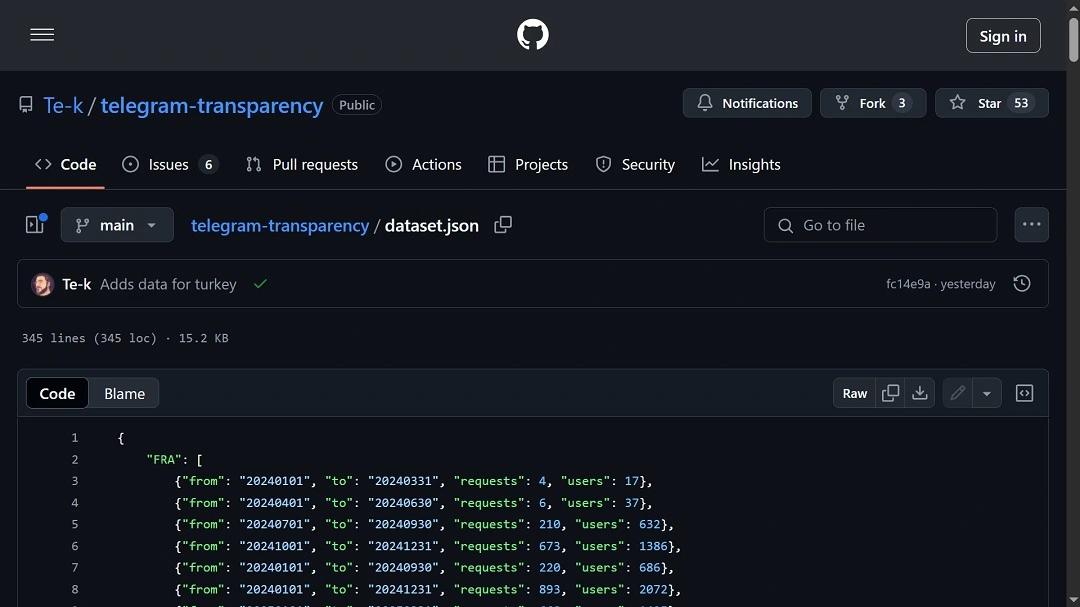
What’s up with Durov on X and Telegram’s clashes with Europe?
As mentioned, “this transparency report” comes in the midst of several controversies.
In the past months, Durov has been incredibly active on X (formerly Twitter), speaking about the French case against him and European policy regarding digital operations and compliance. Durov has also been vocal about pushing against deploying a backdoor on Telegram that would allow police to access even more user data and has also clashed with French intelligence, as the post below shows.
Durov’s case in France is going nowhere fast. Proceedings seem to have been paused, and little information is available on what’s happening in the case against Durov and Telegram. Media reports indicate that it might take a full year until we hear anything else about this case.
In the meantime, the French-Telegram relationship continues to be stressed. Durov lashed out against French intelligence services in a post on X. He accused them of using terrorism requests as excuses to silence conservatives in an attempt to influence elections in Romania.
“A Western European government (guess which 🥖) approached Telegram asking us to silence conservative voices in Romania ahead of today’s presidential elections,” Durov said on X. “I flatly refused. Telegram will not restrict the freedoms of Romanian users or block their political channels.”
“…their main focus (French intelligence) was always geopolitics: Romania, Moldova, Ukraine,” Durov said in another X post.
French Intelligence strongly pushed back against Durov’s claims and fully denied any interference in Romania.
Who compiles Telegram’s transparency reports?
It is also unclear who is compiling these alleged transparency reports. Telegram claims that the reports are “crowdsourced, consolidated data on Telegram transparency all over the world.”
The link to the GitHub raw data file of Telegram’s transparency report shows that the GitHub user Te-K “added data for Turkey, Greece, Lithuania, Mexico, UAE, Poland, Sweden, Slovakia, India, etc.”

Te-K’s GitHub profile lists Toulouse, France, as his location and a link to https://maynier.eu/, a website that appears to be his personal domain. On this page, as well as in his GitHub profile, Te-K (Etienne “Tek” Maynier) refers to himself as a hacker, activist, and security researcher currently working at Human Rights Watch.

It is unclear what relationship Te-K has with Telegram.
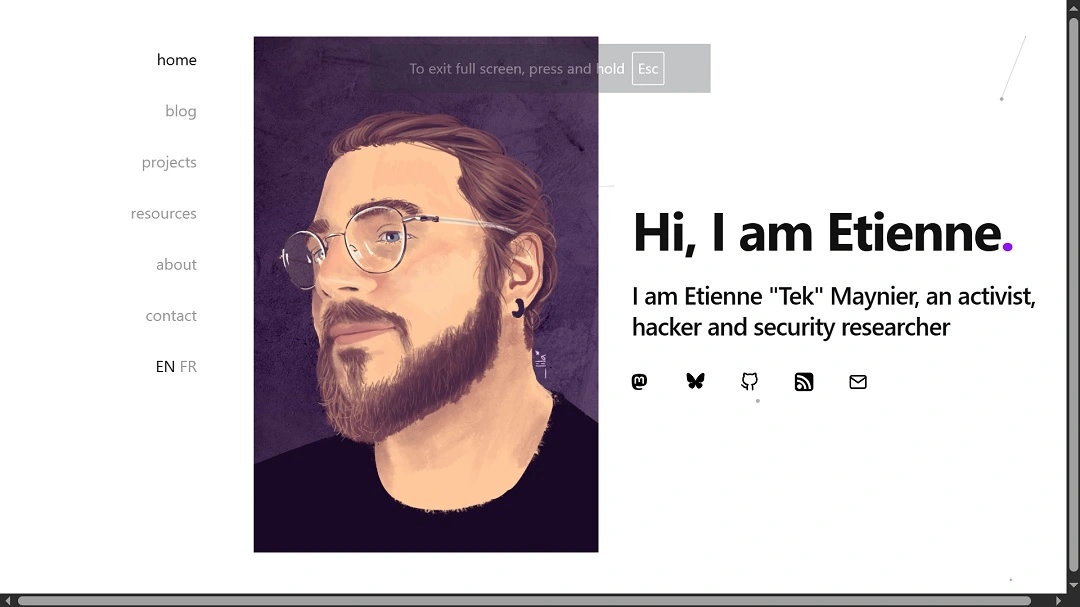
A page listing “how to contribute” to the Telegram transparency report at https://te-k.github.io/telegram-transparency/contribute.html claims that anyone can contribute to the dataset by contacting the Telegram bot @transparency, requesting transparency data for their country, and opening an issue on GitHub or sharing the screenshot by email to Tek (at) randhome.io.
The fact that “anyone can contribute” to these datasets makes the reports even harder to verify.
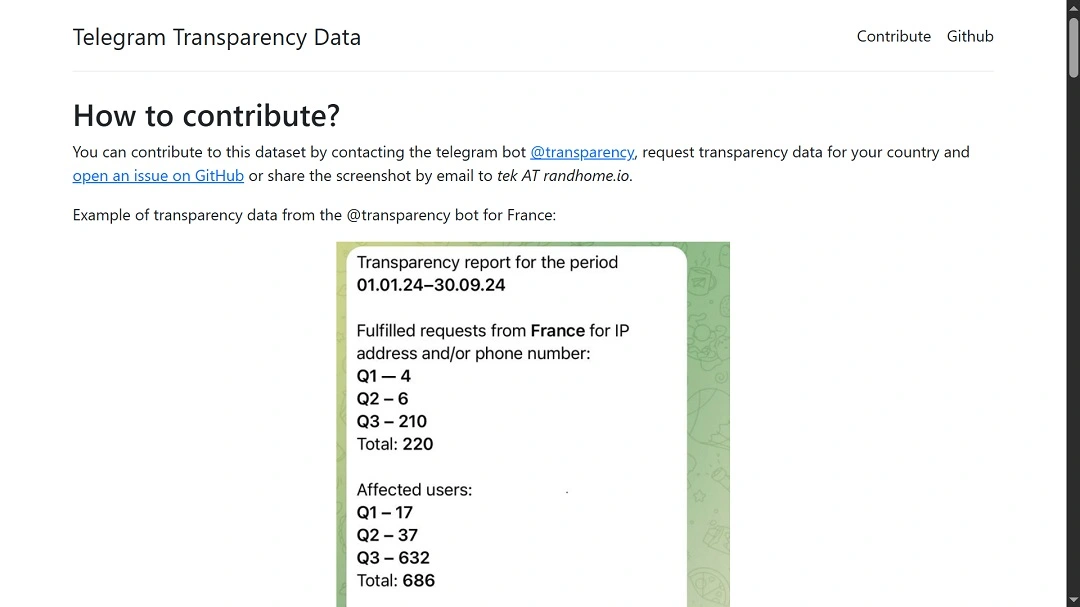
Like most Telegram news, the release of Q1 2025 info leaves us with more questions than answers. As Telegram and Durov continue to clash — not just with France but with European policy — it is fair to ask how private Telegram really is.
To make things even messier, the alleged French demand to silence conservative voices on Telegram linked to the Romanian election has caught the attention of major political figures and foreign government representatives, from Elon Musk (who expressed support for Durov) to the Russian government.
The Telegram business is ‘doing good,’ according to Durov
Meanwhile, Durov on X promotes Telegram bonds, which he claims are “at an all-time high,” as well as the new NFT blockchain marketplace for Telegram and its blockchain project, The Open Network (TON), along with its native cryptocurrency, Toncoin.
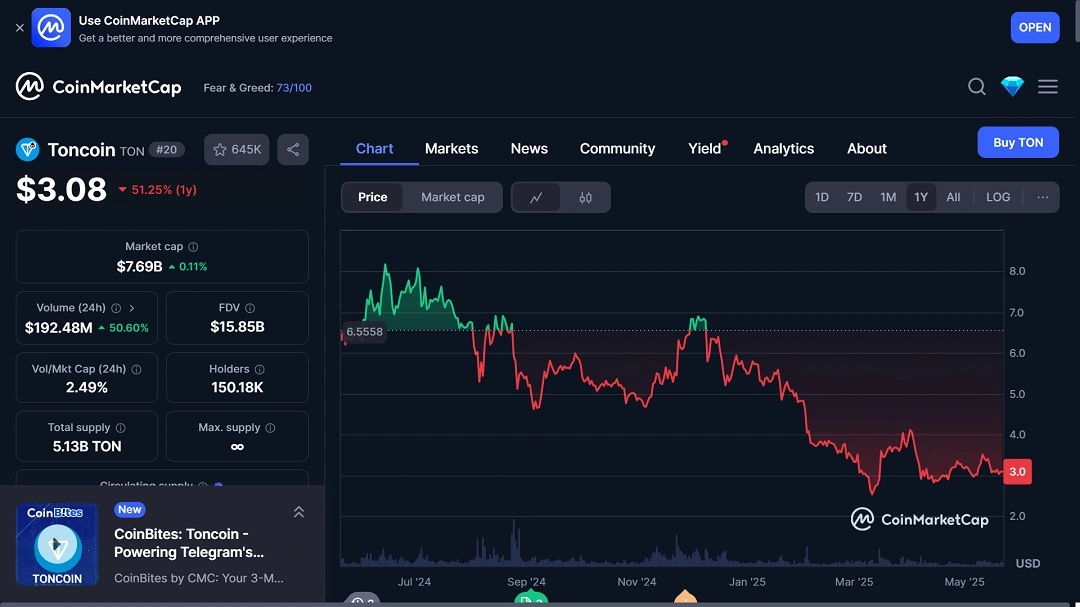
Transparency reports on crypto and Telegram bond funds moving through the platform and connected networks do not exist, as far as we know.
How does all of this affect users around the world?
So, how does this all affect average users around the world? At this point, with Telegram fighting European and French governments, linked to fishy geopolitical pressures, and releasing a transparency report that is anything but transparent, we can only recommend that you use Telegram at your own risk.
By default, Telegram is not encrypted. The platform evidently faces issues on several different fronts. This has seriously impacted the reputation of the messaging app.
As of 2025, several countries have partially or completely banned Telegram at various times due to concerns about national security, extremist content, privacy, or regulatory compliance. This includes Ukraine, Iran, China, Pakistan, Russia, India, Indonesia, Brazil, Cuba, Azerbaijan, and many others.
Alternatives to Telegram that are encrypted by default — and are not in a tug-of-war with law enforcement requests, surveillance regimes, or the most sensitive geopolitical conflicts — include Signal, Session, and Threema, to name a few.
These apps emphasize privacy, decentralization, or anonymous usage, and they have minimal ties to nation-states or large tech platforms.
We suggest that users make smart choices when deciding which messaging app to use.
This is an independent publication, and it has not been authorized, sponsored, or otherwise approved by Telegram FZ-LLC. Telegram is a trademark of Telegram FZ-LLC.
